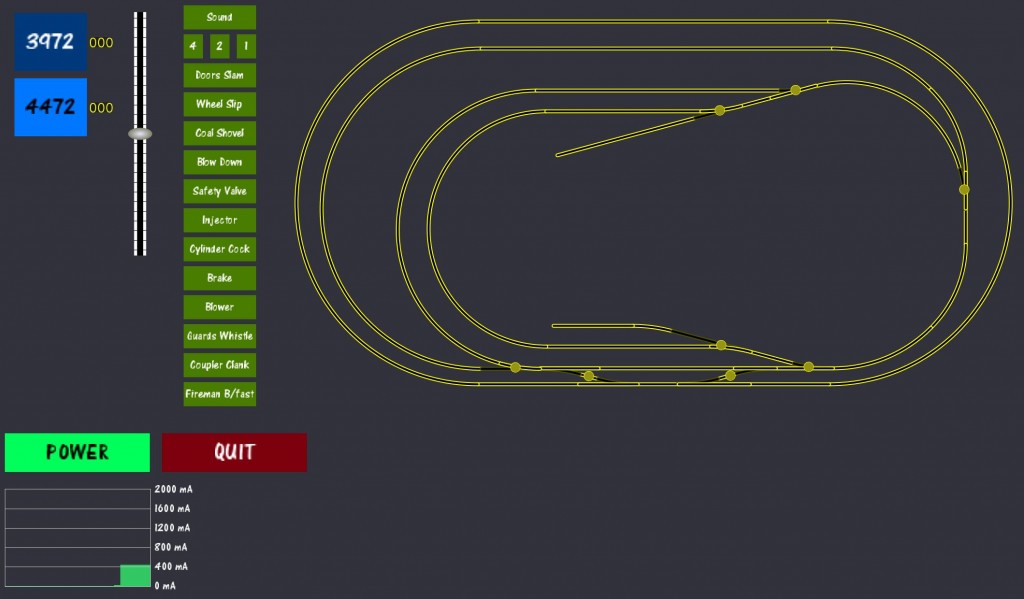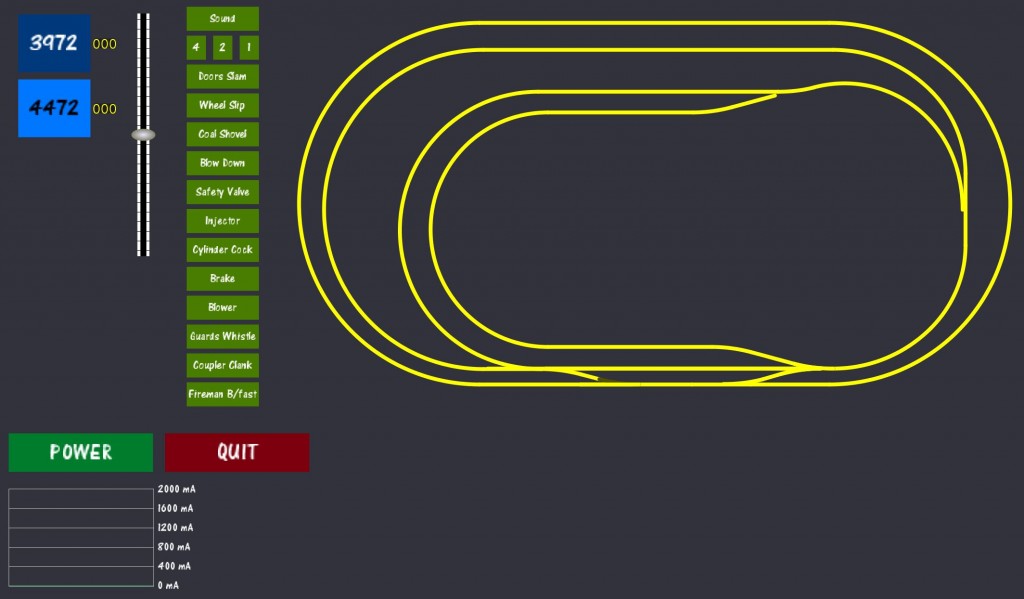I just realised I haven’t blogged now for over a month!
Life has been very busy with work and stuff and this project has taken a back seat. That’s ok with me as I don’t want to just charge into this and finish it all because then all the fun is over.
I’ve been working (in my free time) on getting the WiFi shield integrated into the DCC++ base station code. It’s currently connecting to my home WiFi network and I can ping it successfully but it’s not accepting a client connection using telnet. I’ll probably have some time to work on that over Easter – probably only needs a couple of hours.
I’ve also started looking into detection hardware so I can tell when a locomotive or car passes a point on the track. Looks like RFID is the best solution but I’m holding off until I finish the WiFi connection.


